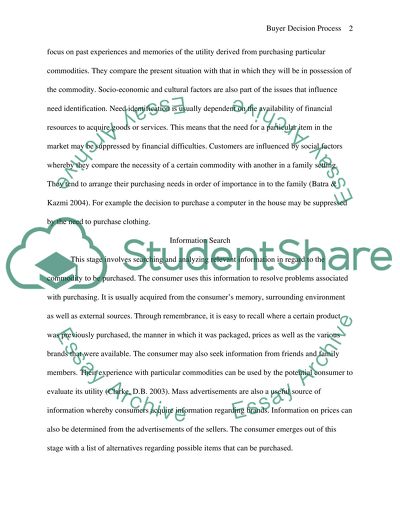Cite this document
(Consumer Behavior and Marketing Action Term Paper, n.d.)
Consumer Behavior and Marketing Action Term Paper. Retrieved from https://studentshare.org/marketing/1554405-marketing-theory-and-practice
Consumer Behavior and Marketing Action Term Paper. Retrieved from https://studentshare.org/marketing/1554405-marketing-theory-and-practice
(Consumer Behavior and Marketing Action Term Paper)
Consumer Behavior and Marketing Action Term Paper. https://studentshare.org/marketing/1554405-marketing-theory-and-practice.
Consumer Behavior and Marketing Action Term Paper. https://studentshare.org/marketing/1554405-marketing-theory-and-practice.
“Consumer Behavior and Marketing Action Term Paper”, n.d. https://studentshare.org/marketing/1554405-marketing-theory-and-practice.


